DIN ISO 48-2009 硫化或熱塑橡膠.硬度的測定(硬度在10 IRHD至100 IRHD之間)(ISO 48:2007),DIN ISO 48:2009-10的英文版本
作者:百檢網 時間:2021-07-20
標準號:DIN ISO 48-2009
中文標準名稱:硫化或熱塑橡膠.硬度的測定(硬度在10 IRHD至100 IRHD之間)(ISO 48:2007),DIN ISO 48:2009-10的英文版本
英文標準名稱:Rubber, vulcanized or thermoplastic - Determination of hardness (hardness between 10 IRHD and 100 IRHD) (ISO 48:2007);English version of DIN ISO 48:2009-10
標準類型:G35
發布日期:1999/12/31 12:00:00
實施日期:1999/12/31 12:00:00
中國標準分類號:G35
國際標準分類號:83.060
引用標準:ISO 18898;ISO 23529
適用范圍:1.1 GeneralThis International Standard specifies four methods for the determination of the hardness of vulcanized orthermoplastic rubbers on flat surfaces (standard-hardness methods) and four methods for the determination ofthe apparent hardness of curved surfaces (apparent-hardness methods). The hardness is expressed ininternational rubber hardness degrees (IRHD). The methods cover the hardness range from 10 IRHD to100 IRHD.The methods differ primarily in the diameter of the indenting ball and the magnitude of the indenting force,these being chosen to suit the particular application. The range of applicability of each method is indicated inFigure 1.The determination of hardness by a pocket hardness meter is described in ISO 7619-2.1.2 Standard-hardness methodsMethod N: Normal test -- This method is appropriate for rubbers with a hardness in the range 35 IRHD to85 IRHD, but may also be used for hardnesses in the range 30 IRHD to 95 IRHD.Method H: High-hardness test -- This method is appropriate for rubbers with a hardness in the range 85 IRHDto 100 IRHD.Method L: Low-hardness test -- This method is appropriate for rubbers with a hardness in the range 10 IRHDto 35 IRHD.Method M: Microtest -- This method is essentially a scaled-down version of the normal test method N,permitting the testing of thinner and smaller test pieces. It is appropriate for rubbers with a hardness in therange 35 IRHD to 85 IRHD, but may also be used for hardnesses in the range 30 IRHD to 95 IRHDNOTE 1 The value of the hardness obtained by method N within the ranges from 85 IRHD to 95 IRHD and from30 IRHD to 35 IRHD may not agree precisely with that obtained using method H or method L, respectively. The differenceis not normally significant for technical purposes.NOTE 2 Because of various surface effects in the rubber and the possibility of slight surface roughness (produced, for example, by buffing), the microtest may not always give results agreeing with those obtained by the normal test.1.3 Apparent-hardness methodsAlso specified are four methods. CN CH. CL and CM, for the determination of the apparent hardness ofcurved surfaces. These methods are modifications of methods N, H, L and M. respectively, for cases wherethe rubber surface tested is curved. Two cases exist, depending whethera) the test piece or product tested is large enough for the hardness instrument to rest upon it;b) it is small enough for both the test piece and the instrument to rest upon a common support.A variant of b) would be where the test piece rests on the specimen table of the instrumentApparent hardness can also be measured an non-standard flat test pieces usJng methods N, H, L and M.The procedures described cannot provide for all possible shapes and dimensions of test piece, but coversome of the commonest types, such as O-ringsDetermination of the apparent hardness of rubber-covered rollers is dealt with separately in the various partsof ISO 7267
中文標準名稱:硫化或熱塑橡膠.硬度的測定(硬度在10 IRHD至100 IRHD之間)(ISO 48:2007),DIN ISO 48:2009-10的英文版本
英文標準名稱:Rubber, vulcanized or thermoplastic - Determination of hardness (hardness between 10 IRHD and 100 IRHD) (ISO 48:2007);English version of DIN ISO 48:2009-10
標準類型:G35
發布日期:1999/12/31 12:00:00
實施日期:1999/12/31 12:00:00
中國標準分類號:G35
國際標準分類號:83.060
引用標準:ISO 18898;ISO 23529
適用范圍:1.1 GeneralThis International Standard specifies four methods for the determination of the hardness of vulcanized orthermoplastic rubbers on flat surfaces (standard-hardness methods) and four methods for the determination ofthe apparent hardness of curved surfaces (apparent-hardness methods). The hardness is expressed ininternational rubber hardness degrees (IRHD). The methods cover the hardness range from 10 IRHD to100 IRHD.The methods differ primarily in the diameter of the indenting ball and the magnitude of the indenting force,these being chosen to suit the particular application. The range of applicability of each method is indicated inFigure 1.The determination of hardness by a pocket hardness meter is described in ISO 7619-2.1.2 Standard-hardness methodsMethod N: Normal test -- This method is appropriate for rubbers with a hardness in the range 35 IRHD to85 IRHD, but may also be used for hardnesses in the range 30 IRHD to 95 IRHD.Method H: High-hardness test -- This method is appropriate for rubbers with a hardness in the range 85 IRHDto 100 IRHD.Method L: Low-hardness test -- This method is appropriate for rubbers with a hardness in the range 10 IRHDto 35 IRHD.Method M: Microtest -- This method is essentially a scaled-down version of the normal test method N,permitting the testing of thinner and smaller test pieces. It is appropriate for rubbers with a hardness in therange 35 IRHD to 85 IRHD, but may also be used for hardnesses in the range 30 IRHD to 95 IRHDNOTE 1 The value of the hardness obtained by method N within the ranges from 85 IRHD to 95 IRHD and from30 IRHD to 35 IRHD may not agree precisely with that obtained using method H or method L, respectively. The differenceis not normally significant for technical purposes.NOTE 2 Because of various surface effects in the rubber and the possibility of slight surface roughness (produced, for example, by buffing), the microtest may not always give results agreeing with those obtained by the normal test.1.3 Apparent-hardness methodsAlso specified are four methods. CN CH. CL and CM, for the determination of the apparent hardness ofcurved surfaces. These methods are modifications of methods N, H, L and M. respectively, for cases wherethe rubber surface tested is curved. Two cases exist, depending whethera) the test piece or product tested is large enough for the hardness instrument to rest upon it;b) it is small enough for both the test piece and the instrument to rest upon a common support.A variant of b) would be where the test piece rests on the specimen table of the instrumentApparent hardness can also be measured an non-standard flat test pieces usJng methods N, H, L and M.The procedures described cannot provide for all possible shapes and dimensions of test piece, but coversome of the commonest types, such as O-ringsDetermination of the apparent hardness of rubber-covered rollers is dealt with separately in the various partsof ISO 7267
相關標準
《EDS-T-7405:1997》彈性體耐臭氧的測定
《ISO1431-1:2004》硫化或熱塑性橡膠耐臭氧龜裂
《GB/T7762-2003》硫化橡膠或熱塑性橡膠耐臭氧龜裂 靜態拉伸試伸試驗
《JISD0205-1987》汽車零部件耐氣候性的檢測方法
《ISO1431-1:2012》硫化橡膠或熱塑性橡膠 耐臭氧龜裂 第1部分:靜態及動態拉伸試驗
《D471100-2008》橡膠耐臭氧氣體老化
《GB/T16585-1996》硫化橡膠人工氣候老化(熒光紫外燈)試驗方法
《ISO4665:2016》硫化橡膠或熱塑性橡膠—耐候性
《ASTMD412-2016》硫化橡膠和熱塑性彈性體的標準試驗方法:拉伸
《ASTMD573-04(2015)》在烘箱中進行橡膠老化變質試驗的標準方法
《ISO1431-1:2004》硫化或熱塑性橡膠耐臭氧龜裂
《GB/T7762-2003》硫化橡膠或熱塑性橡膠耐臭氧龜裂 靜態拉伸試伸試驗
《JISD0205-1987》汽車零部件耐氣候性的檢測方法
《ISO1431-1:2012》硫化橡膠或熱塑性橡膠 耐臭氧龜裂 第1部分:靜態及動態拉伸試驗
《D471100-2008》橡膠耐臭氧氣體老化
《GB/T16585-1996》硫化橡膠人工氣候老化(熒光紫外燈)試驗方法
《ISO4665:2016》硫化橡膠或熱塑性橡膠—耐候性
《ASTMD412-2016》硫化橡膠和熱塑性彈性體的標準試驗方法:拉伸
《ASTMD573-04(2015)》在烘箱中進行橡膠老化變質試驗的標準方法
百檢網專注于為第三方檢測機構以及中小微企業搭建互聯網+檢測電商服務平臺,是一個創新模式的檢驗檢測服務網站。百檢網致力于為企業提供便捷、高效的檢測服務,簡化檢測流程,提升檢測服務效率,利用互聯網+檢測電商,為客戶提供多樣化選擇,從根本上降低檢測成本提升時間效率,打破行業壁壘,打造出行業創新的檢測平臺。
百檢能給您帶來哪些改變?
1、檢測行業全覆蓋,滿足不同的檢測;
2、實驗室全覆蓋,就近分配本地化檢測;
3、工程師一對一服務,讓檢測更精準;
4、免費初檢,初檢不收取檢測費用;
5、自助下單 快遞免費上門取樣;
6、周期短,費用低,服務周到;
7、擁有CMA、CNAS、CAL等權威資質;
8、檢測報告權威有效、中國通用;
客戶案例展示
相關商品
相關資訊

暫無相關資訊
最新資訊
版權與免責聲明
①本網注名來源于“互聯網”的所有作品,版權歸原作者或者來源機構所有,如果有涉及作品內容、版權等問題,請在作品發表之日起一個月內與本網聯系,聯系郵箱service@baijiantest.com,否則視為默認百檢網有權進行轉載。
②本網注名來源于“百檢網”的所有作品,版權歸百檢網所有,未經本網授權不得轉載、摘編或利用其它方式使用。想要轉載本網作品,請聯系:service@baijiantest.com。已獲本網授權的作品,應在授權范圍內使用,并注明"來源:百檢網"。違者本網將追究相關法律責任。
③本網所載作品僅代表作者獨立觀點,不代表百檢立場,用戶需作出獨立判斷,如有異議或投訴,請聯系service@baijiantest.com



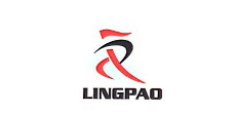
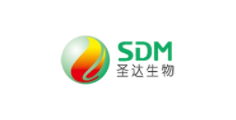
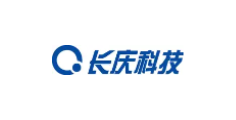
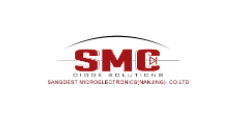
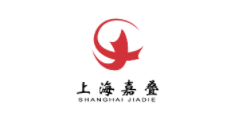
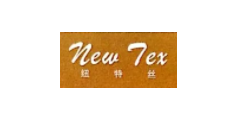
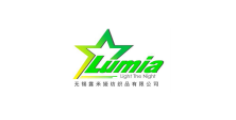
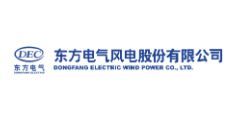

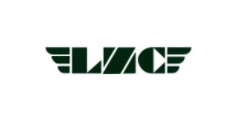
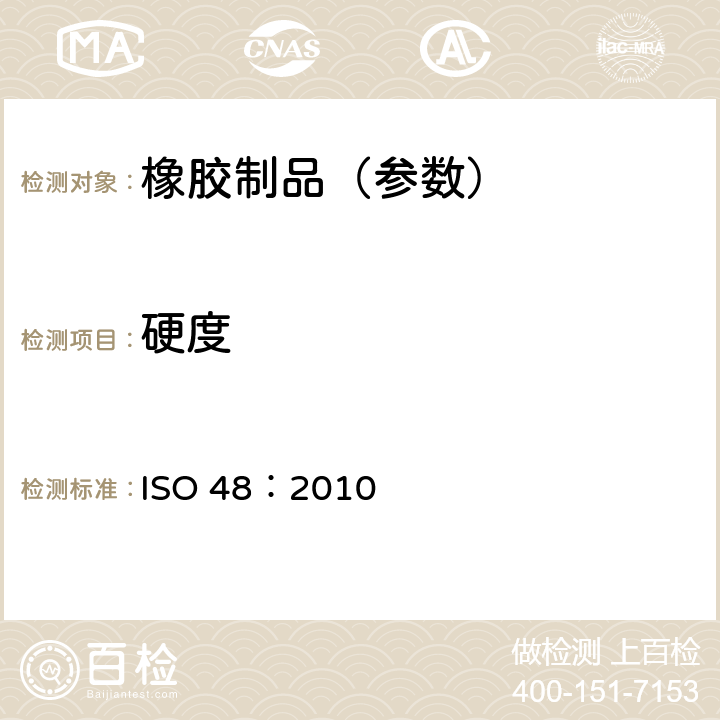
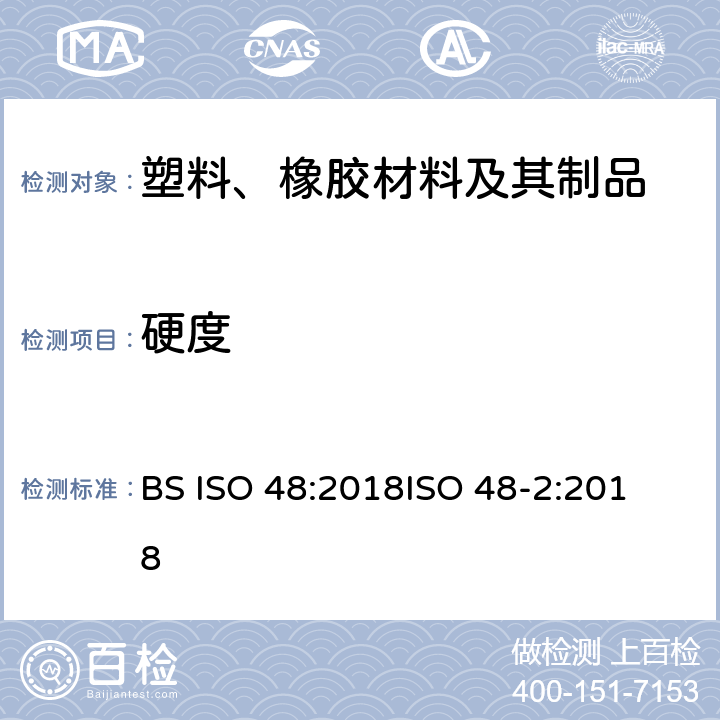
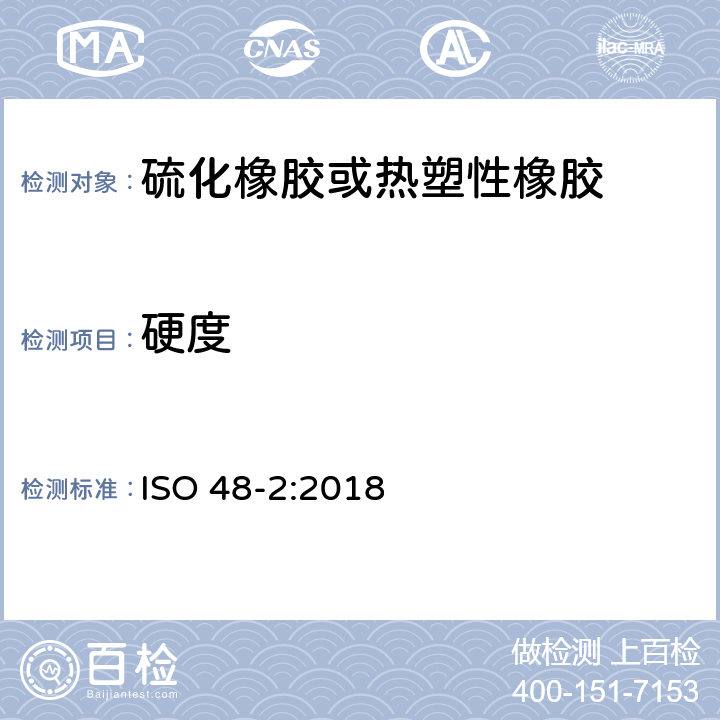
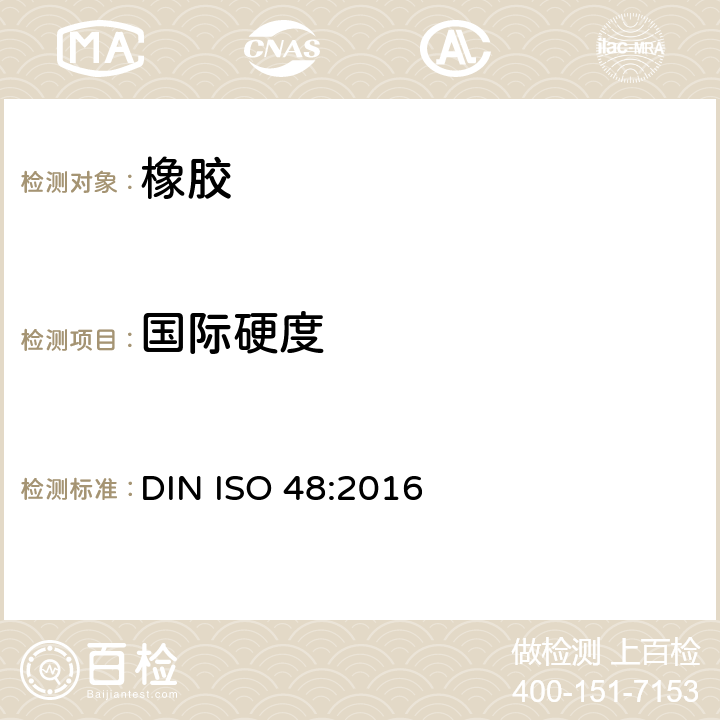
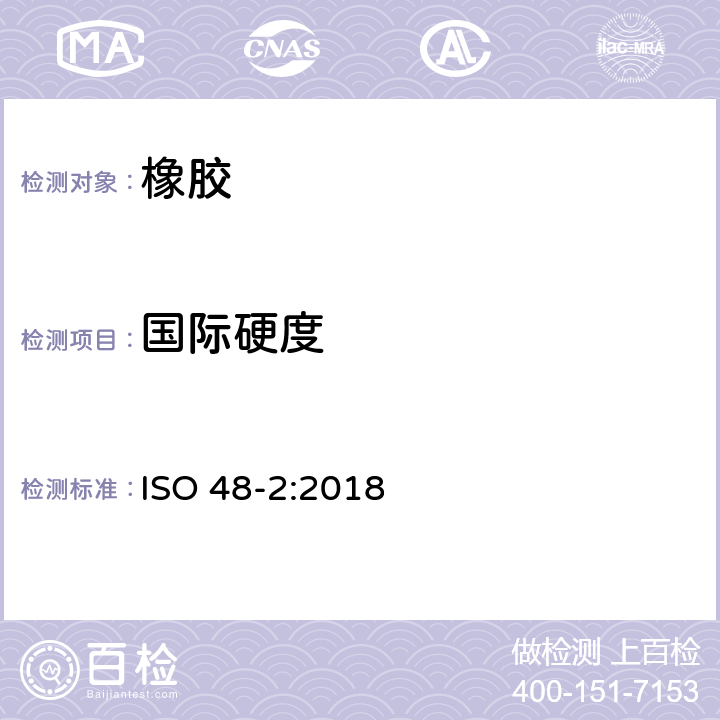
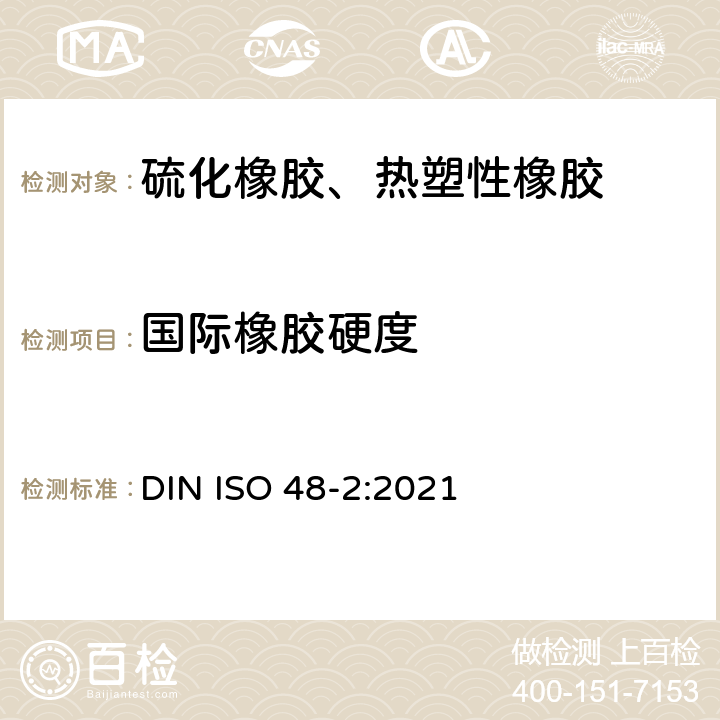

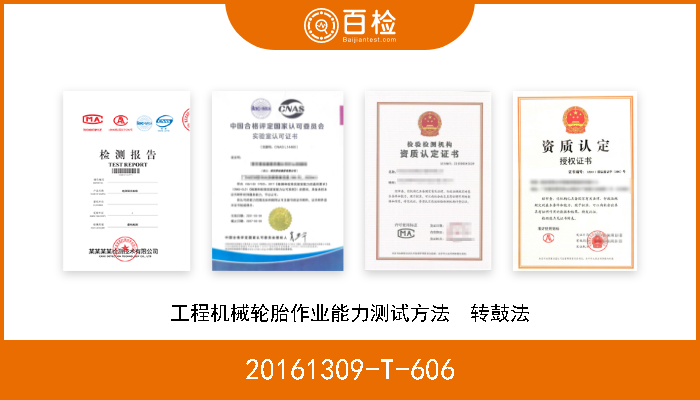
.png)
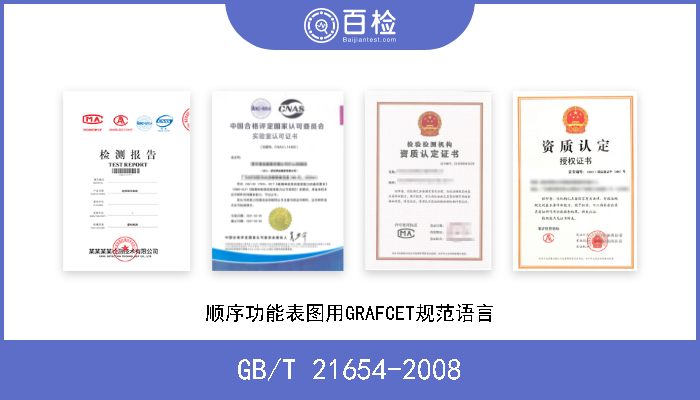
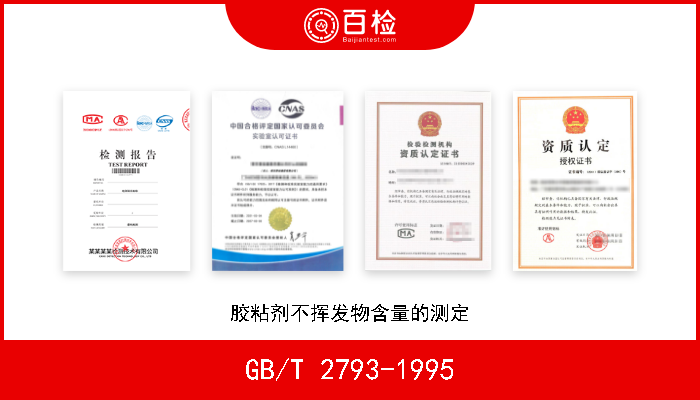
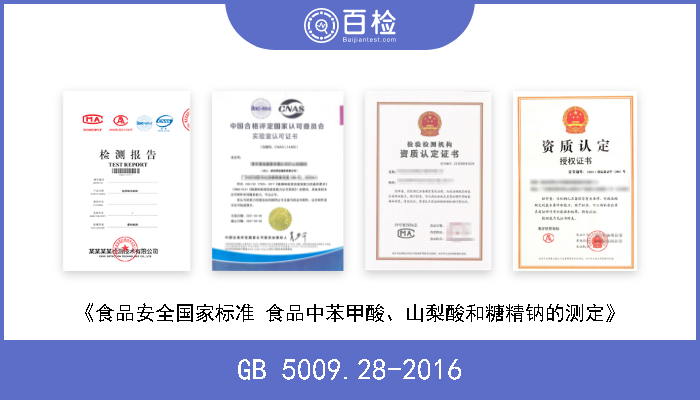
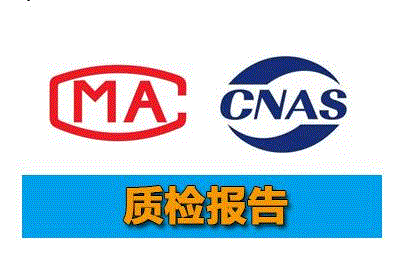
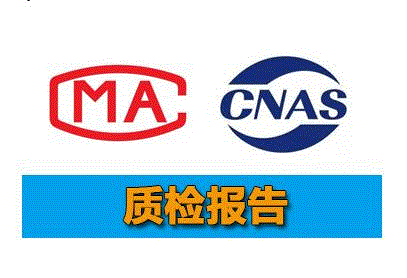
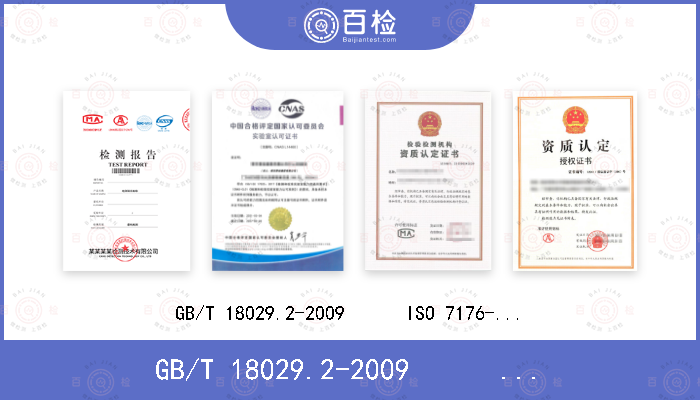



 400-101-7153
400-101-7153 15201733840
15201733840

